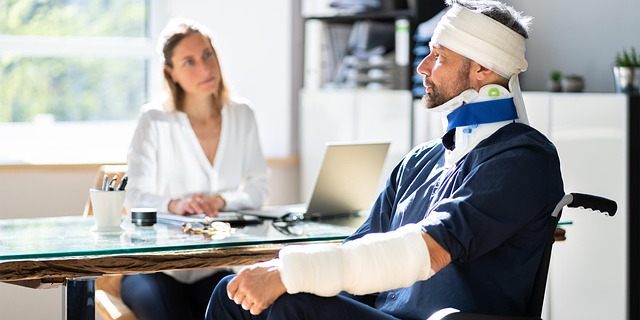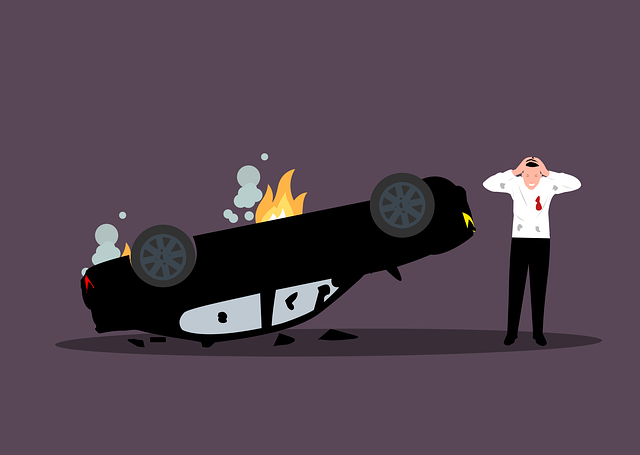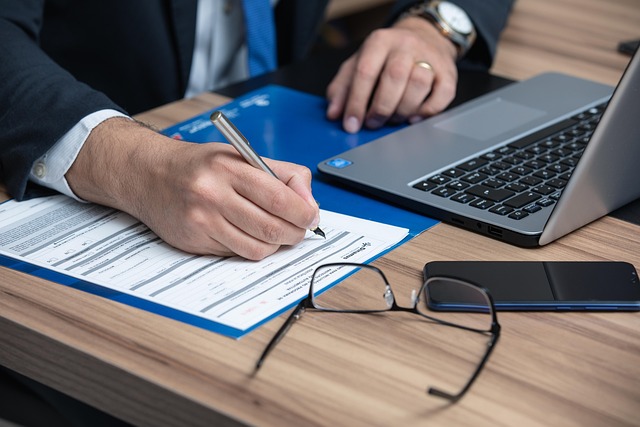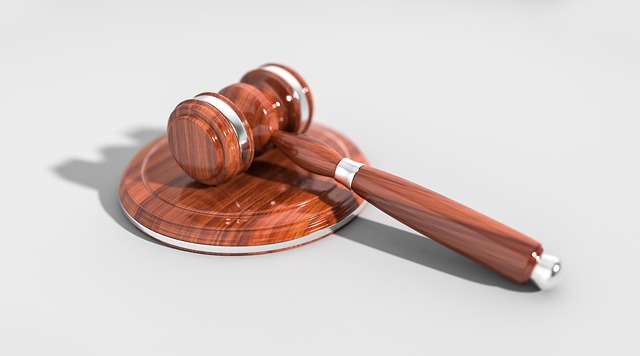Gathering and organizing personal injury evidence, including medical records, witness statements, and photographs, is crucial for building a strong case. Digital copies, detailed notes, and categorized documentation strengthen claims by proving injuries, treatments, causation, and impact, enhancing the argument for compensation in trials like wrongful death cases.
“Unraveling the process of organizing personal injury evidence is a critical step towards achieving justice. This comprehensive guide explores the art of gathering and presenting compelling evidence for trial. From medical records that document injuries to testimonials from witnesses, each element plays a pivotal role in strengthening your case. Learn how to efficiently organize supporting documentation, ensuring every detail is accounted for. Master these strategies to navigate the legal landscape with confidence, leaving no stone unturned in your pursuit of compensation.”
- Gather and Document Medical Records
- Collect Testimonials and Statements
- Organize Supporting Documentation Efficiently
Gather and Document Medical Records

Gathering and documenting medical records is a crucial step in organizing personal injury evidence for trial. These records serve as irrefutable proof of injuries sustained, treatments received, and the overall impact on the claimant’s life. It’s essential to obtain complete medical histories from all healthcare providers involved, including doctors, hospitals, specialists, and rehabilitation centers. Every visit, diagnosis, procedure, and prescription should be meticulously documented and organized chronologically.
Digital copies or scans of these records ensure accessibility and easy reference during legal proceedings. Additionally, keeping detailed notes on the context of each visit—such as the nature of injuries, symptoms reported, and treatments prescribed—is invaluable. This information can help establish a clear timeline of events and demonstrate the direct correlation between the accident (including defective products or breach of contract) and the resulting injuries, thereby strengthening the case for accident settlements.
Collect Testimonials and Statements

Collecting testimonials and statements is a crucial step in organizing personal injury evidence. These firsthand accounts can significantly strengthen your case by providing detailed insights into the accident, the extent of injuries suffered, and the impact on the victim’s life. Encourage witnesses to provide written statements describing what they observed, including dates, times, and specific circumstances leading up to and during the incident. These accounts should cover all relevant details, such as the actions taken by both parties involved and any contributing factors that led to the personal injury.
Additionally, gathering statements from medical professionals who treated the victim for serious injuries is essential. These healthcare providers can offer expert opinions and detailed records of diagnoses, treatments, and prognoses. Such evidence not only corroborates the extent of physical harm but also communicates the long-term implications on the patient’s well-being, including any ongoing care requirements due to caregiver negligence. This comprehensive documentation will aid in presenting a compelling case for accident compensation.
Organize Supporting Documentation Efficiently

Organizing supporting documentation is a crucial step in preparing for a personal injury trial. Start by categorizing all evidence into relevant piles based on the type and its potential use during the trial, such as medical records, police reports, witness statements, and photographs. Use clear and consistent labeling for each pile to ensure easy retrieval. This systematic approach not only saves time but also helps in presenting a compelling case.
For instance, when dealing with a truck accident lawyer representing a wrongful death claim, organizing the victim’s medical history efficiently can significantly impact the outcome. Ensuring that all relevant documents are easily accessible allows the legal representation to quickly identify patterns or issues that might strengthen the case. Efficient documentation management also enables your legal team to anticipate potential arguments from the opposing side and prepare counter-strategies accordingly.
Organizing personal injury evidence is a meticulous process, but with the right approach, you can ensure a strong case presentation. By gathering comprehensive medical records, collecting detailed testimonials, and efficiently organizing supporting documentation, you’ll be well-prepared for trial. These steps are essential in presenting a compelling narrative that highlights the impact of the injury, making it a valuable resource for any personal injury lawyer.






